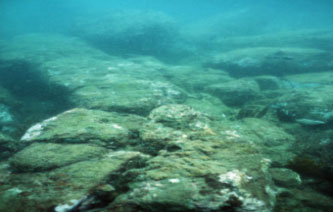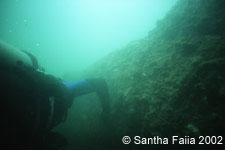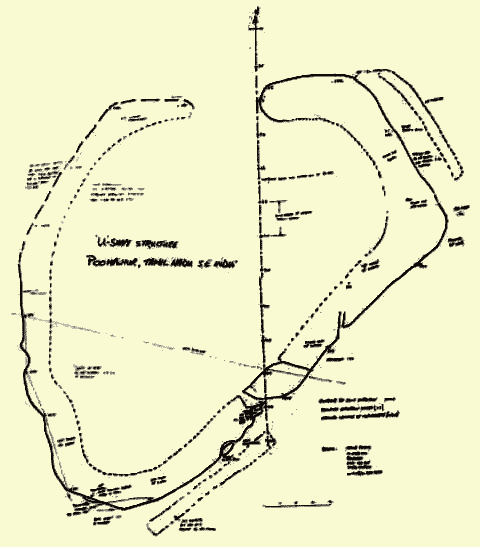 Poompuhar is an ancient port city in Tamil Nadu, India. Its very old name in Tamil Poetic works and other literature are Puhar , Kaveripoompatinam etc. It is located in the mouth of river Kaveri in Southern Tamil Nadu. It was once a flourishing ancient Port city in the Early Chola Kingdom around 500AD.
Poompuhar is an ancient port city in Tamil Nadu, India. Its very old name in Tamil Poetic works and other literature are Puhar , Kaveripoompatinam etc. It is located in the mouth of river Kaveri in Southern Tamil Nadu. It was once a flourishing ancient Port city in the Early Chola Kingdom around 500AD.The city was constructed in a well planned manner. The city had two distinct districts one near the sea and the other one to the west. The district near the sea was inhabited by the fisher folk, foreign traders,overseas travellers, and merchants. weavers, silk merchents vendors,potters and jewellers stayed there. The shipyard and ware house was there.And is named as Maruvurpakkam, to its west is Pattinapakkam. Kings and nobles, rich merchants, farmers, astrologers, dancers and army were stayed there.
In Silapathikaram one of the most famous five epics in Tamil Literature Poompuhar was extolled and heralded in detail. Other Tamil literature's like Manimekalai and Temple Inscriptions speaks loudly the fame of Puhar. Purananooru a very old poetic work also describe the city and the life of the Puhar people.

Big ships entered the port without any hassles and the precious goods arrived from other countries spread over the sea shore and the goods were stored in the huge warehouses and displayed in both day and night market for sale. Many very huge and high beautiful mansions are near the sea shore with high platform.
The Scientists believes that the ancient city was destroyed by Tsunami in 416 Ad possibly caused by Krakatoa event.
In 2006 National Institute of Ocean Technology conducted some surveys and showed the remains of the ancient port city well inside the sea two kilometers away. The record of Tamilians international trade and architectural marvelous sinks silently into the deep.
11000Years Old Man Made Structure Found in Indian Sea
By Graham HancockThe place is called Poompuhar. It lies on southeast India’s Coromandel coast facing the Bay of Bengal between modern Tamil Nadu and Sri Lanka. Its immediate offshore area has been the subject of marine archaeological investigations by India’s National Institute of Oceanography since the 1980′s — and numerous non-controversial finds of man-made structures dated between the third century AD and the third century BC have been made in the “inter-tidal zone” close to shore at depths down to 6 feet (approximately 2 metres).
These finds of structures in shallow water (some so shallow that they are exposed at low tide) have been quite widely written-up in the archaeological literature. But for some reason other discoveries that the NIO has made in deeper water off Poompuhar have attracted no attention at all. Most notably these other discoveries include a second completely separate group of structures fully three miles from the Poompuhar shore in water that is more than 70 feet (23 metres) deep. The lack of interest is surprising because to anyone with even minimal knowledge of post-glacial sea-level rise their depth of submergence is – or should be – highly anomalous. Indeed according to Glenn Milne’s sea-level data the land on which these structures were built last stood above water at the end of the Ice Age more than 11,000 years ago.



Like the cities in the Gulf of Cambay the underwater structures three miles offshore of Poompuhar were first identified by an instrument called sidescan sonar that profiles the seabed. One structure in particular was singled out for investigation and was explored by divers from India’s National Institute of Oceanography in 1991 and 1993. Although they were not at that time aware of the implications of its depth of submergence — i.e. that it is at least 11,500 years old — the 1991 study confirms that it is man-made and describes it as:


No comments:
Post a Comment